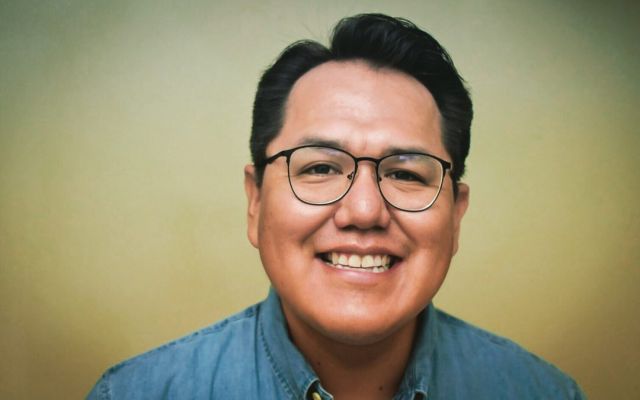
American Indian Science and Engineering Society (AISES) member Aaron Yazzie was featured in a recent issue of the NASA Science Mars Exploration Program’s Mars Report.
Yazzie works on the Mars Sample Return campaign and he explained the work being done at NASA’s Jet Propulsion Laboratory to ensure the safe return of sample tubes.
According to the Mars Report, the NASA engineer built the pressure inlet for the unmanned InSight (Interior Exploration using Seismic Investigations, Geodesy, and Heat Transport), which touched ground on the surface of Mars last year.
Yazzie has been actively involved with AISES since high school. “Every step of the way, the organization was helping me, ” he told Native Business a few years ago. “I got a scholarship for college and internships through AISES. Two of those were at NASA centers. Having those two internships at NASA centers really helped me when I applied to NASA’s Jet Propulsion Laboratory (JPL). I met the recruiter for JPL at the AISES conference,” Yazzie said.
AISES has awarded over $11 million in academic scholarships to American Indian STEM students, through scholarships and internships, workforce development and career resources, conferences, science fairs, leadership development, and STEM-focused programs.
“My family is from Tuba City, [Arizona] and every time I go back, it looks so similar. That’s something that I’ve been learning — that Earth and Mars are not that different,” Yazzie said.
“Earth and Mars are both the same type of planet; they are both rocky planets; they have the core, the mantle, and the crust; and the landscape that exists there developed the same way that ours did. That’s the way that I like to explain it to other Navajos, in order to bring it home and show that it’s relevant to them. When we study Mars, we’re studying ourselves.”
Yazzie hopes Mars Sample Return will bring back rocky samples from Mars to Earth to study them and look for signs of ancient life.
“I am really excited about all the information that these little rock samples hold inside them, and especially the exciting probability that we could find ancient life,” he told Mars Report recently. “For me personally, I come from an area in the US that looks like Mars. The Navajo Nation is a rocky desert landscape and it really reminds me how similar rocky planets in our solar system can be.
The U.S. Army Corps of Engineers has been tasked with…
Brown and Caldwell, a leading environmental engineering and construction firm,…
Humboldt State University, one of four campuses within the California…